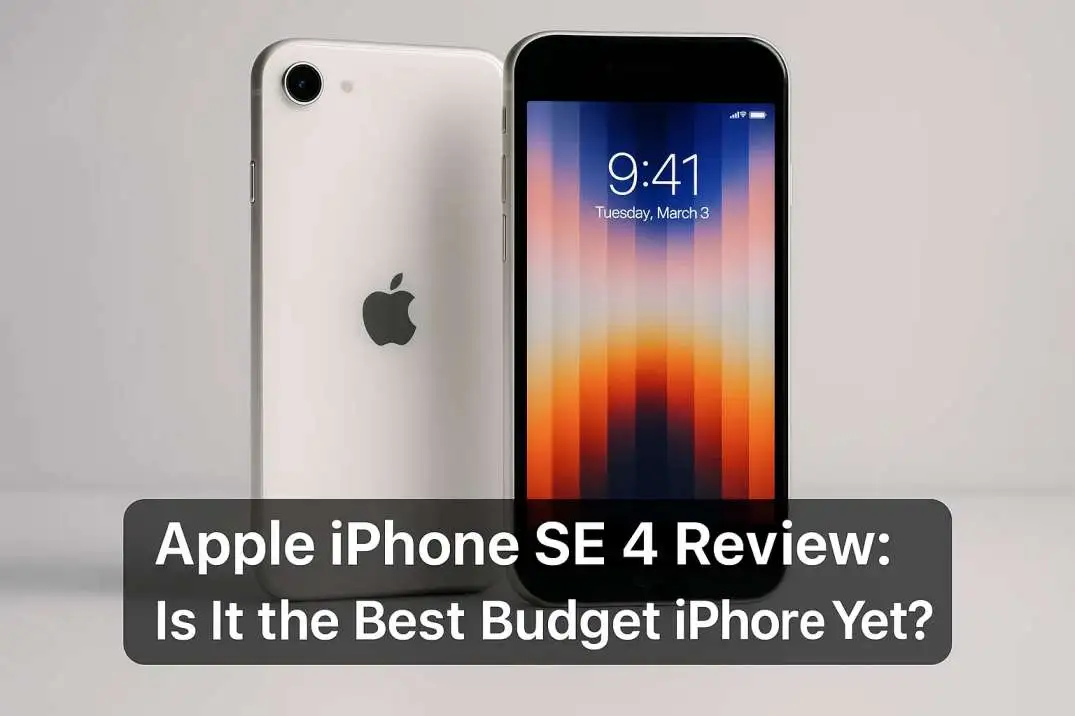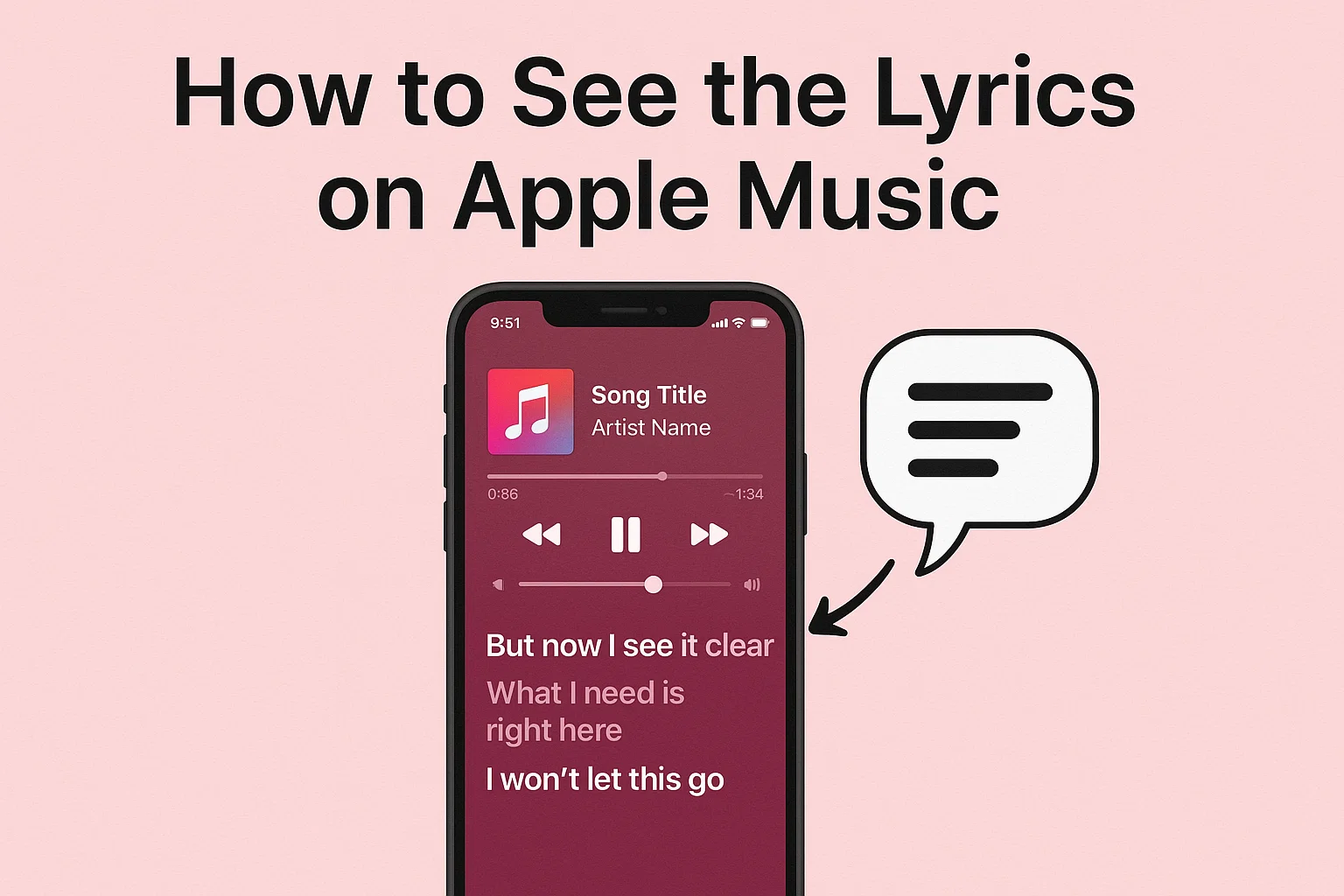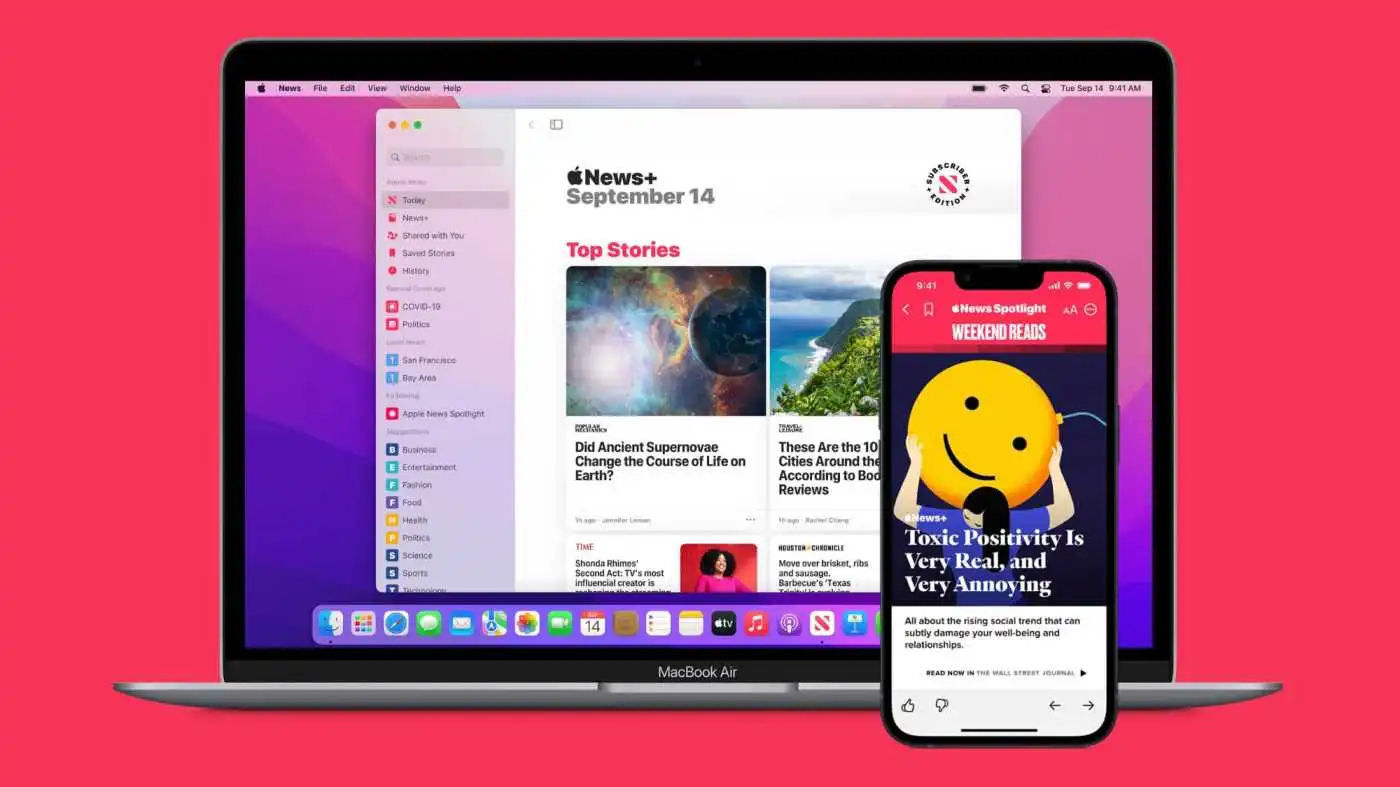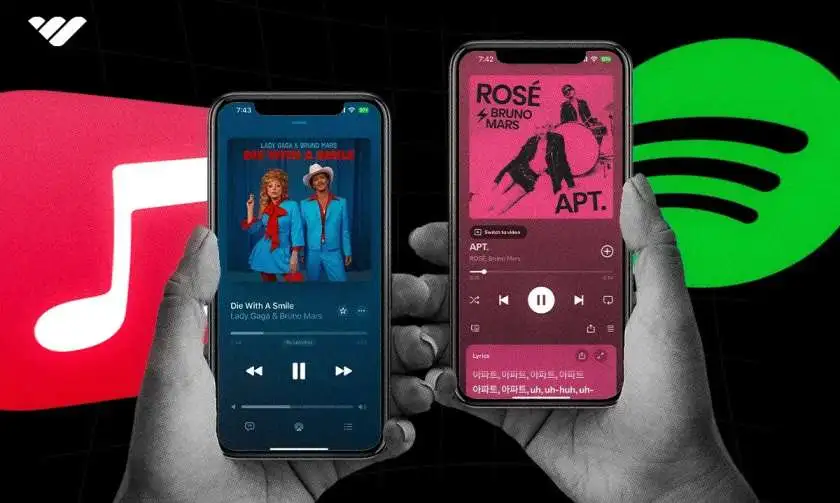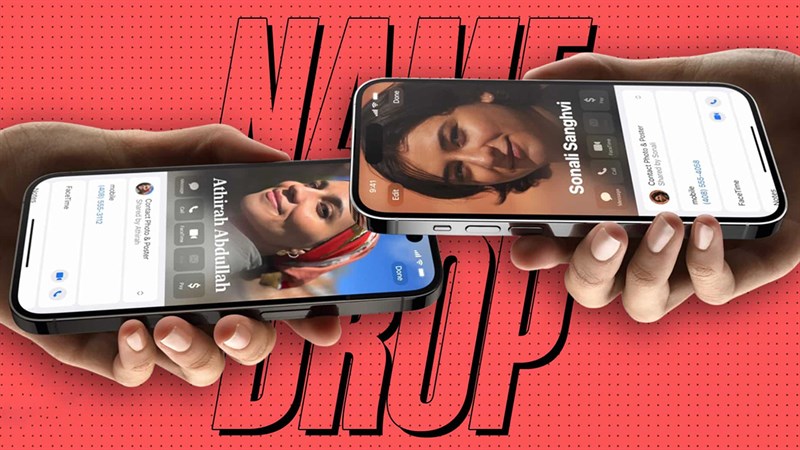Apple's new iPhone operating system, iOS 17, includes a feature called "NameDrop" that is enabled by default on the phones of users who are updating the own software, which means authorities are asked to share information about the closure. Here's what you need to know:
What is NameDrop?
NameDrop is a feature that allows iPhone owners to share their contact information contact with other people. people. share devices. like the iPhones and watches they come into close contact with. It also allows users to receive contacts from other people.
How does the NameDrop feature work?
All you have to do is press and hold Hold the phone's screen near the top of someone else's iPhone, which causes both devices to vibrate. Once connected, a NameDrop message will appear on both phone screens, allowing users to choose to share and receive contact cards. iPhones can choose what contact information, such as phone numbers and email addresses, they want to share, according to Apple's website.
Why are authorities warning iPhone users about NameDrop?
It is useful for quickly sharing information without sending SMS or sharing it manually. a contact form. However, authorities warn that this could give bad actors easy access to the personal data of unsuspecting victims.
This feature has prompted police departments across the United States to alert parents. For example, the Jefferson Hills Police Department urged parents whose children have iPhones to turn off this feature.
“This feature may allow you to share your contact information simply by combining your phone numbers,” the department wrote in a Facebook post. “Remember to change these settings on your children's phones after the update to keep them safe.”
What are the risks of NameDrop?
Cybersecurity experts say this feature actually makes it easier to share personal information, even with malicious actors.
"This may include your name, phone number, email address, home address, work address, date of birth, photo of your face and more further: “The more information cybercriminals have access to, the more damage they can do to you and your finances,” said Mike Scheumack, chief innovation officer at IdentityIQ, an identity theft protection company. While anyone who decides to use this feature should exercise caution, some warnings to avoid NameDrop go too far. They should be treated with caution, but not necessarily avoided," said Kurt Sanger, cybersecurity expert at Batten Safe and former deputy general counsel for the US Federal Cyber Command, on CBS MoneyWatch. "If NameDrop works as advertised, forces the user to think and make intentional decisions about sharing information from one device to another."
How to turn off the NameDrop feature.
- First, go to your iPhone Settings.
- Then do Click General and AirDrop.
- To disable NameDrop, disable the Merge devices for sharing radio button.

